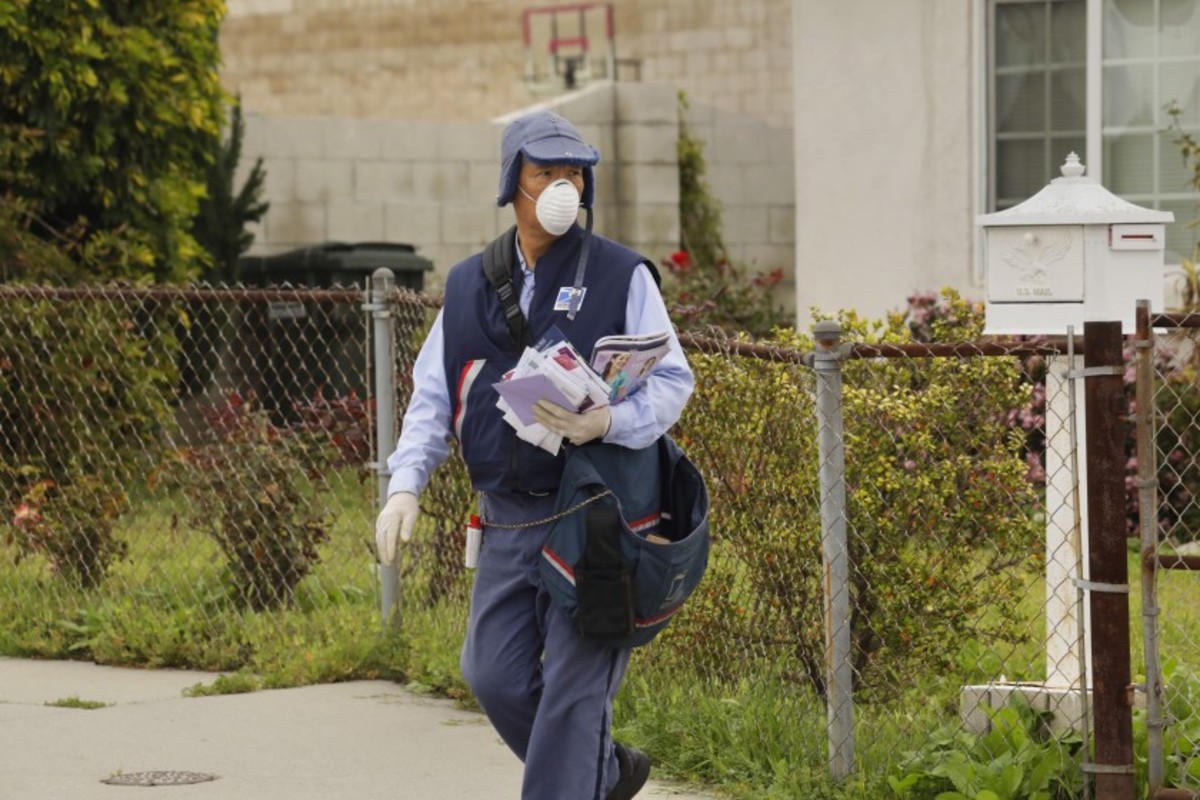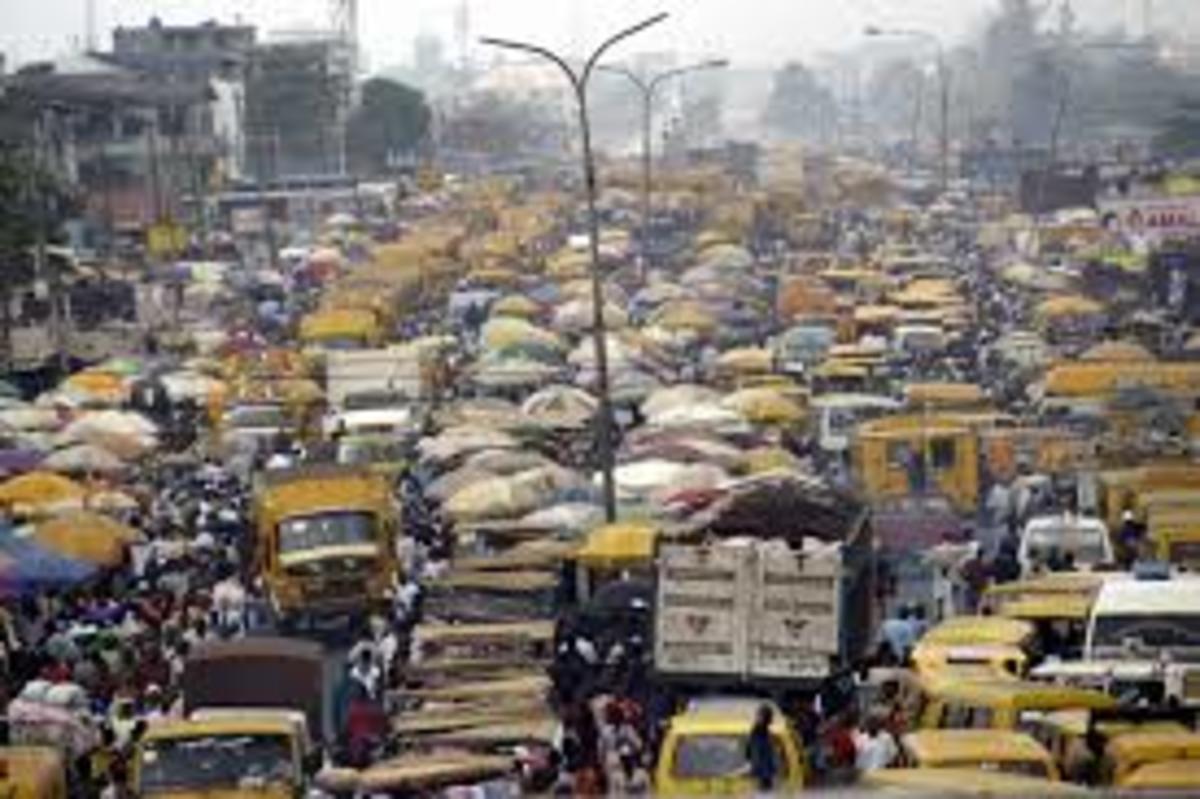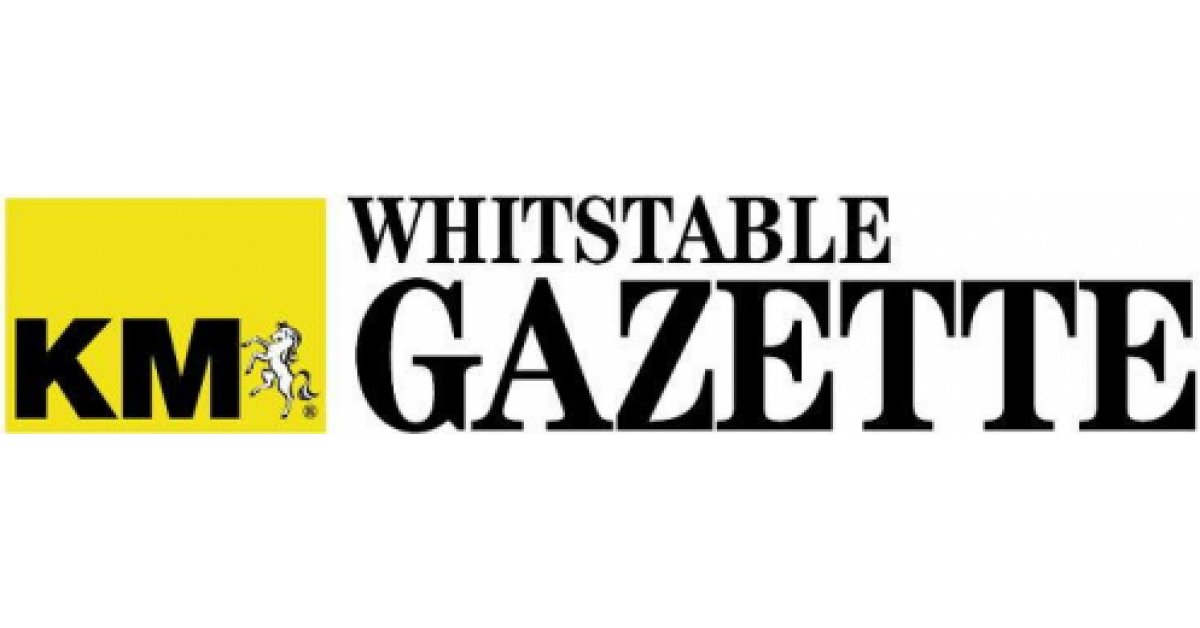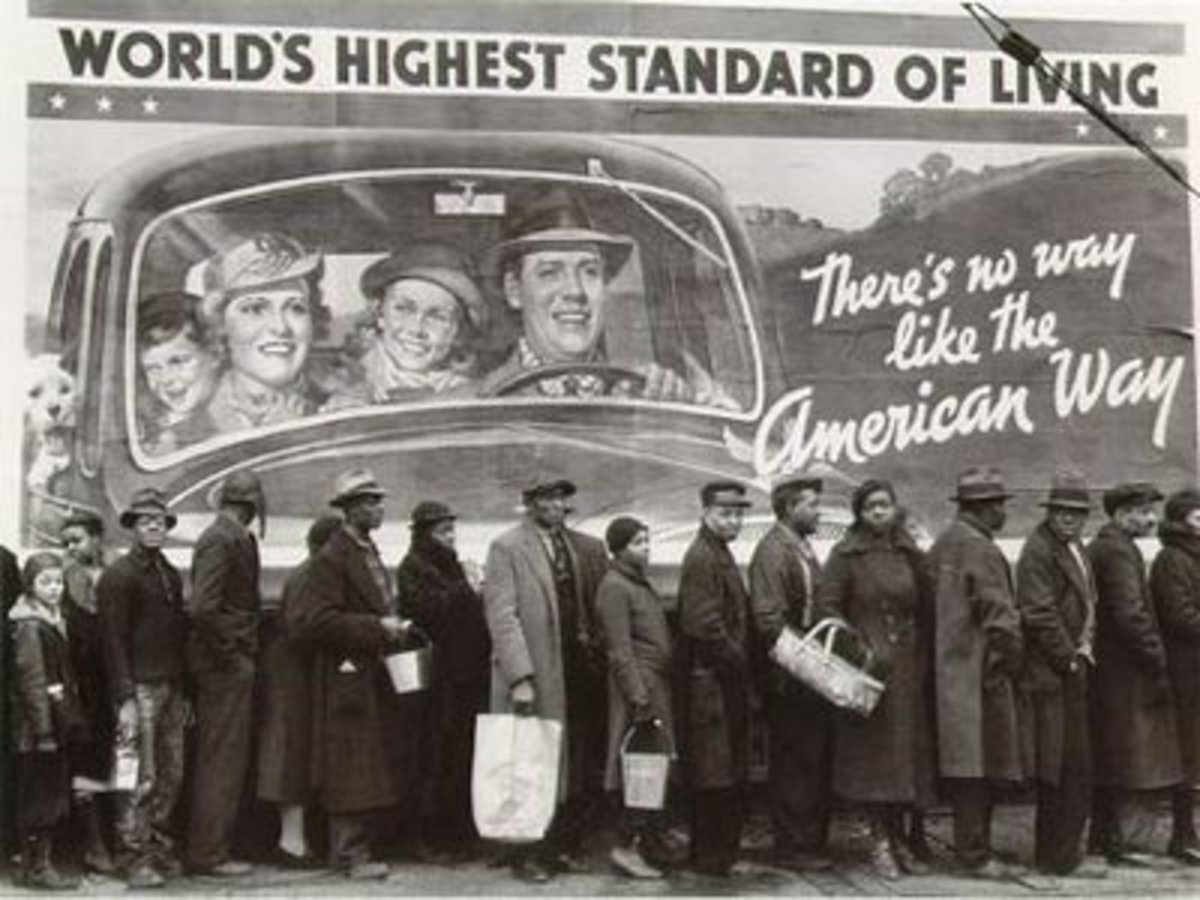What Economic Policies Can We Use to Fight the Coronavirus (Covid-19) Pandemic?

COVID-19 has become a pandemic like no other. In many ways it feels like a war. Medical practitioners are in the front lines, people are dying, and resources are being mobilized to combat this new enemy. Those offering essential services like food distribution and delivery are also working overtime to support this effort.
In war, huge spending on armaments kindles economic activities and special provisions guarantee the availability of essential services. In this pandemic, things are complicated, but one common characteristic is increased participation of the public sector that is working overtime to assist the various governments in defeating this new invincible enemy.
How can we win the war against Coronavirus (COVID-19)?
To conquer this war we are fighting and initiate a fast pace of recovery after the war we will have to undertake some crucial policies.
At the threat of oversimplifying, these policies need to differentiate two phases:
Phase One: the war. This pandemic is in full swing at the moment. In order to safeguard people’s lives, containment measures like social distancing and lockdowns are critically curtailing economic activities. This economic disruption is expected to go on for at least another 1 or 2 quarters.
Phase Two: post-war recovery. This pandemic can be controlled using drugs/vaccines, partial immunity, and long-term but less disruptive mitigation measures. As lockdowns around the globe are eased, the global economy and that of individual countries are expected to regain some form of normal functioning.
The success of the recovery pace will entirely depend on vital policies undertaken by the various governments during this crisis. If these policies ensure that people don’t lose their jobs, homeowners and renters aren’t evicted, and businesses avoid bankruptcy, the recovery pace will be faster and more smooth than anticipated.
This’s isn’t a great challenge for big economies like the United States, China, or Germany whose leaders can easily authorize an increase in expenditure even though revenues are taking a dive. The challenge is often experienced by emerging and low-income countries that experience capital flight. Such countries will need loans and grants from the international community if they are to keep up with the developed nations in terms of Post-Coronavirus (COVID-19) recovery.
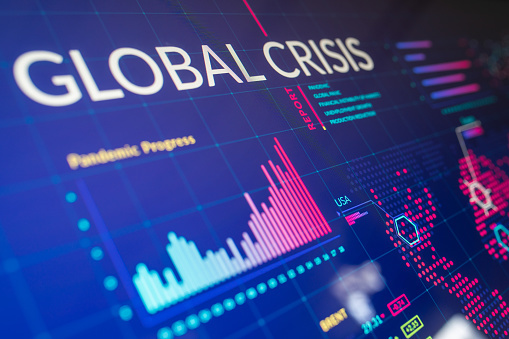
What are some of the economic/fiscal policies that we can use to fight the Coronavirus (COVID-19)?
Different from other economic slumps, the drop of output in this pandemic isn’t driven by demand: it’s an inevitable consequence of mitigation measures like lockdowns and ban of international flights in an effort to try and combat the spread of COVID-19. The role of these economic policies is hence not to trigger demand, at least not immediately. Rather, they have three main objectives:
I. Ensure the normal functioning of vital sectors. Resources for Coronavirus treatment and testing must be increased. Essential infrastructure, regular health care, public amenities, and food production must be maintained.
II. Deliver enough resources to those hard hit by the pandemic. Families who lose their sources of income indirectly or directly because of mitigation measures will require government support to help them get by each day. This should assist people to stay at home and reduce the movement of people, therefore, reducing the risk of infections.
III. Avert excessive economic disruption. Mitigation policies need to protect the web of relations between employers and workers, consumers and producers, borrowers, and lenders so that the various industries can resume smoothly when the pandemic abates. Business closures during this pandemic would instigate loss of structural know-how in the already existing businesses and end of productive long-term plans. Financial sector disruptions would also increase economic distress. Governments should provide some form of support to private firms be it wage subsidies, loans, or guarantees. The EU for example has enabled direct capital injection into firms by toning down its state-aid rules that limited such like subsidies of direct capital injections
Mitigation policies to support households, firms and the financial industry will have to involve a blend of liquidity measures like provision of credit and solvency measures like transfers of real resources.

Conclusion.
Promoting recovery will experience its own setbacks, including but not limited to high levels of public debt. But comparative success in Phase One will make sure that economic policies can return to their normal operation. The fiscal measures to increase aggregate demand will become highly effective as lockdowns and travel restrictions are eased and a larger number of people are permitted to leave their residences and head back to work.
Inflation and Interest rates were anticipated to be low before the pandemic in many advanced economies like Britain and the United States according to their Central Bank’s quarterly reports. Avoiding major supply chain disruptions should prevent a spike in inflation during this pandemic and at the recovery phases. If the various countries are successful in containing the spread of the COVID-19 virus, the potential rise in the public debt ratio should be sizable, but the aggregate demand and interest rates are likely to be low during the recovery phase in a post-Coronavirus (COVID-19) world.




